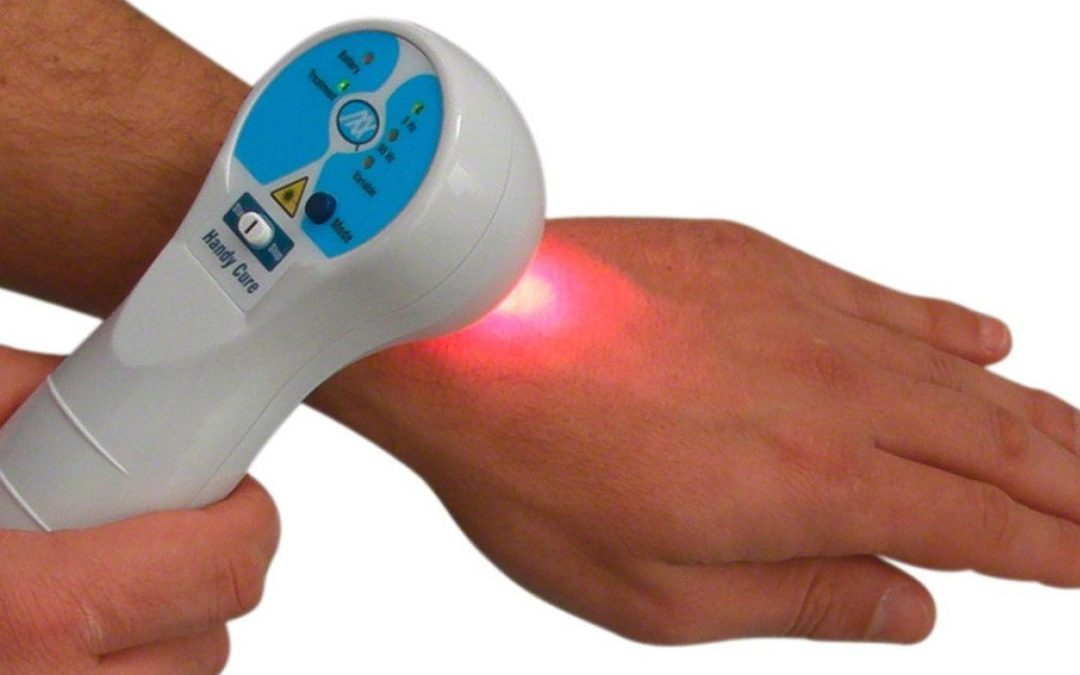Low level laser therapy has grown rapidly in popularity across the UK in recent years, particularly among people seeking non-invasive alternatives for pain relief, inflammation reduction, and tissue repair. But what exactly is low level laser therapy, and how does it work? Whether you’re considering it for a medical condition, injury recovery, or general wellbeing, understanding the science behind the treatment can help you make an informed decision.
In this guide, we’ll break down what low level laser therapy involves, how it works at a cellular level, what conditions it’s used for, and what you can expect from treatment sessions. If you’re interested in exploring devices or learning more, you can visit: low level laser therapy.
What Is Low Level Laser Therapy?
Low level laser therapy — often shortened to LLLT — is a non-invasive medical treatment that uses specific wavelengths of light to stimulate the body’s natural healing processes. Unlike surgical or high-intensity lasers, LLLT does not cut, heat, or damage tissue. Instead, it uses gentle, targeted light energy that penetrates the skin and interacts with cells to promote repair and reduce inflammation.
The treatment is also known as:
-
Photobiomodulation
-
Cold laser therapy
-
Soft laser therapy
-
Low intensity laser therapy
Because it does not generate heat, LLLT is painless and safe for regular use when administered correctly.
How Does Low Level Laser Therapy Work?
The principles behind low level laser therapy are based on photobiomodulation — the process by which cells absorb and respond to light energy.
Here’s a closer look at what happens during treatment:
1. Light Energy Enters the Cells
LLLT devices emit light in the red or near-infrared spectrum. These wavelengths can penetrate skin and soft tissues without causing damage.
Cells contain light-sensitive receptors within the mitochondria (the cell’s energy centre). When these receptors absorb laser light, it triggers biological changes that enhance cellular function.
2. Increased Cellular Energy (ATP Production)
One of the most important effects of LLLT is the increased production of adenosine triphosphate (ATP) — the molecule responsible for providing energy within cells.
More ATP means cells can:
-
Repair themselves faster
-
Regenerate more effectively
-
Reduce inflammation more efficiently
This boost in cellular energy is one of the main reasons many people experience improved healing after LLLT sessions.
3. Reduced Inflammation and Oxidative Stress
Low level laser therapy also helps to reduce:
-
Inflammatory chemicals in the body
-
Swelling around injuries
-
Oxidative stress, which slows down healing
By calming inflammation at the cellular level, LLLT can help relieve pain and restore mobility.
4. Enhanced Circulation
Laser therapy can improve microcirculation by widening blood vessels and increasing oxygen supply to damaged tissues. Better circulation leads to:
-
Faster healing
-
Improved nutrient delivery
-
Enhanced removal of waste products
This makes LLLT popular for soft tissue injuries, chronic pain, and long-term inflammatory conditions.
5. Pain Relief Through Endorphin Release
LLLT can stimulate the release of natural pain-relieving chemicals, including endorphins. This can provide relief even before longer-term healing effects take place.
What Is Low Level Laser Therapy Used For?
Low level laser therapy is widely used across medical clinics, physiotherapy practices, sports rehabilitation centres, and sometimes at home with certified devices.
Common uses include:
Musculoskeletal Pain
LLLT is frequently used to treat:
-
Back pain
-
Neck pain
-
Joint pain
-
Muscle strains
-
Tendonitis
-
Ligament injuries
It helps by reducing inflammation, easing muscle tension, and promoting tissue repair.
Arthritis
People with osteoarthritis or rheumatoid arthritis often use LLLT to ease stiffness, reduce swelling, and support mobility.
Sports Injuries
Athletes use laser therapy to accelerate recovery from injuries such as:
-
Sprains
-
Strains
-
Overuse injuries
-
Muscle tears
LLLT can help shorten recovery time between training sessions.
Wound Healing
Low level laser therapy supports faster healing of:
-
Post-surgery wounds
-
Ulcers
-
Burns
-
Skin injuries
It enhances cell regeneration and promotes healthy tissue growth.
Neuropathic Pain
Conditions like nerve damage, carpal tunnel syndrome, and sciatica may improve with repeated LLLT sessions.
Skin and Cosmetic Benefits
LLLT can also be used to:
-
Reduce fine lines
-
Improve skin repair
-
Support scar reduction
-
Stimulate collagen production
If you’d like to explore devices and treatment options, visit: low level laser therapy.
Is Low Level Laser Therapy Safe?
When used correctly, low level laser therapy is considered very safe. Because it does not produce heat or cause tissue damage, side effects are minimal. Most people feel only a mild sensation or no sensation at all during treatment.
However, it’s important to:
-
Use approved devices
-
Follow professional guidance
-
Avoid shining lasers directly into the eyes
-
Consult a healthcare professional if you have existing medical conditions
What to Expect During a Treatment Session
A typical LLLT session is straightforward:
-
The practitioner positions the laser or LED device over the targeted area.
-
The device emits low-level light for several minutes.
-
The process may be repeated across multiple points.
-
There is no pain, no downtime, and no recovery period required.
Most treatment plans involve several sessions over a few weeks, depending on the condition being treated.
Does Low Level Laser Therapy Work?
Many people report:
-
Reduced pain
-
Faster healing
-
Better mobility
-
Less inflammation
Scientific studies continue to support its effectiveness for a variety of conditions, particularly musculoskeletal pain and wound healing. Results vary from person to person, and consistent treatment usually provides the best outcomes.
Conclusion
Low level laser therapy is a safe, non-invasive treatment that uses gentle light energy to stimulate healing, reduce inflammation, and relieve pain. By working at a cellular level, it helps the body repair itself more efficiently — making it a popular choice across healthcare, physiotherapy, and sports rehabilitation.
If you’re interested in learning more about treatment options or exploring medical-grade devices, visit:
low level laser therapy.
